Prediction Team 3
Research 4
Research 4 shows the difference among the four cases (Deciduous Broadleaf Forest, Deciduous Needleleaf Forest, Evergreen Broadleaf Forest, and Evergreen Needleleaf Forest) if we located the the urban area in the center of the city. To simulate the case, we set the lm equals to 25, xland equals to 1, and lu_index equals to 32. And we set the lu_index according to each landuse option (11, 12, 13, 14).
0-24
Deciduous Broadleaf Forest
25-74
Urban
75-99
Deciduous Broadleaf Forest
0-24
Deciduous Needleleaf Forest
25-74
Urban
75-99
Deciduous Needleleaf Forest
0-24
Evergreen Broadleaf Forest
25-74
Urban
75-99
Evergreen Broadleaf Forest
0-24
Evergreen Needleleaf Forest
25-74
Urban
75-99
Evergreen Needleleaf Forest
Temperature

1. Deciduous Broadleaf Froest
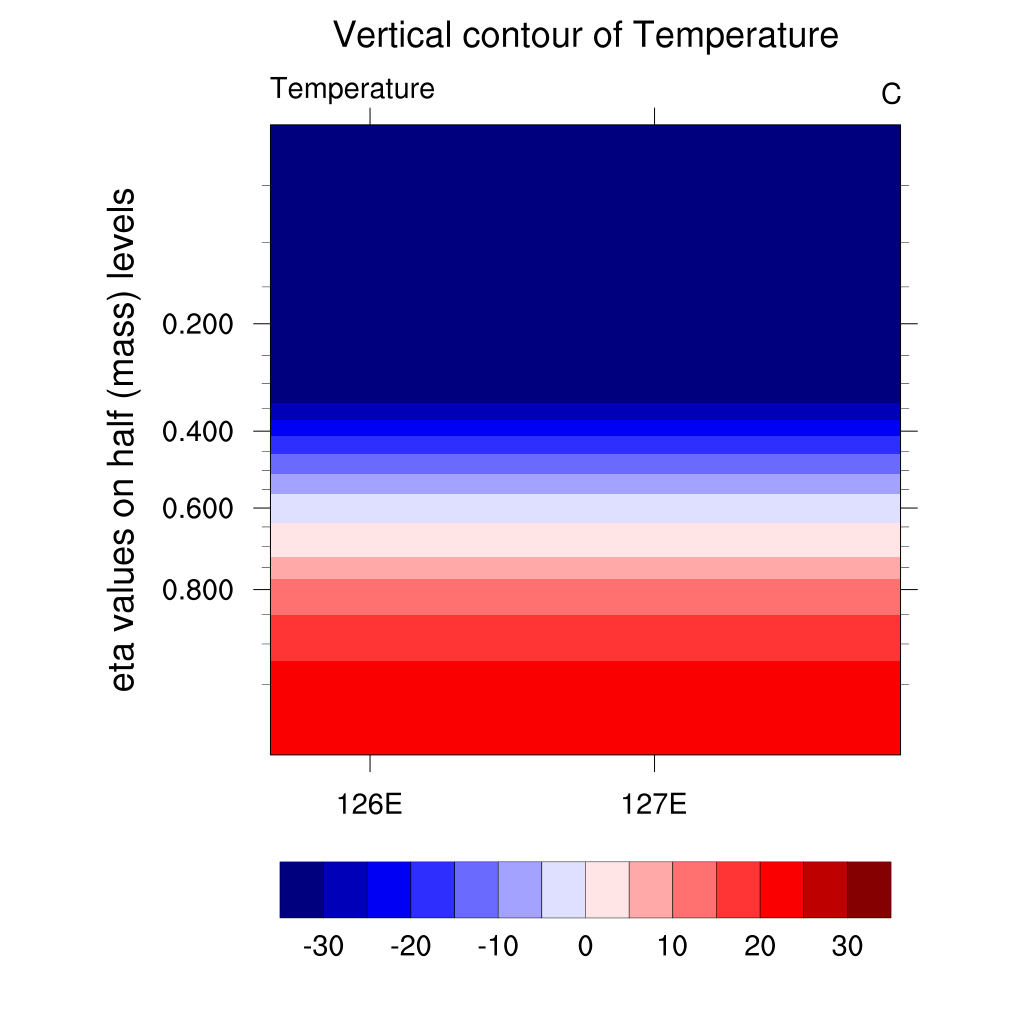
2. Deciduous Needleleaf Forest

3. Evergreen Broadleaf Forest

4. Evergreen Needleleaf Forest
"The temperature is generally similar"
Overall in the afternoon there is no significant temperature difference between urban areas and forest due to solar radiation. The urban heat island phenomenon appears at night time, so the temperature gradually decreases from the outskirts of the city. At this time, compared to other cases, the temperature of the evergreen broadleaf forest decreases faster, showing the largest temperature difference between cities and forests. When dawn comes after midnight, the temperature of the city also decreases in all cases, so the temperature of the forest and the city is the same.
Relative Humidity
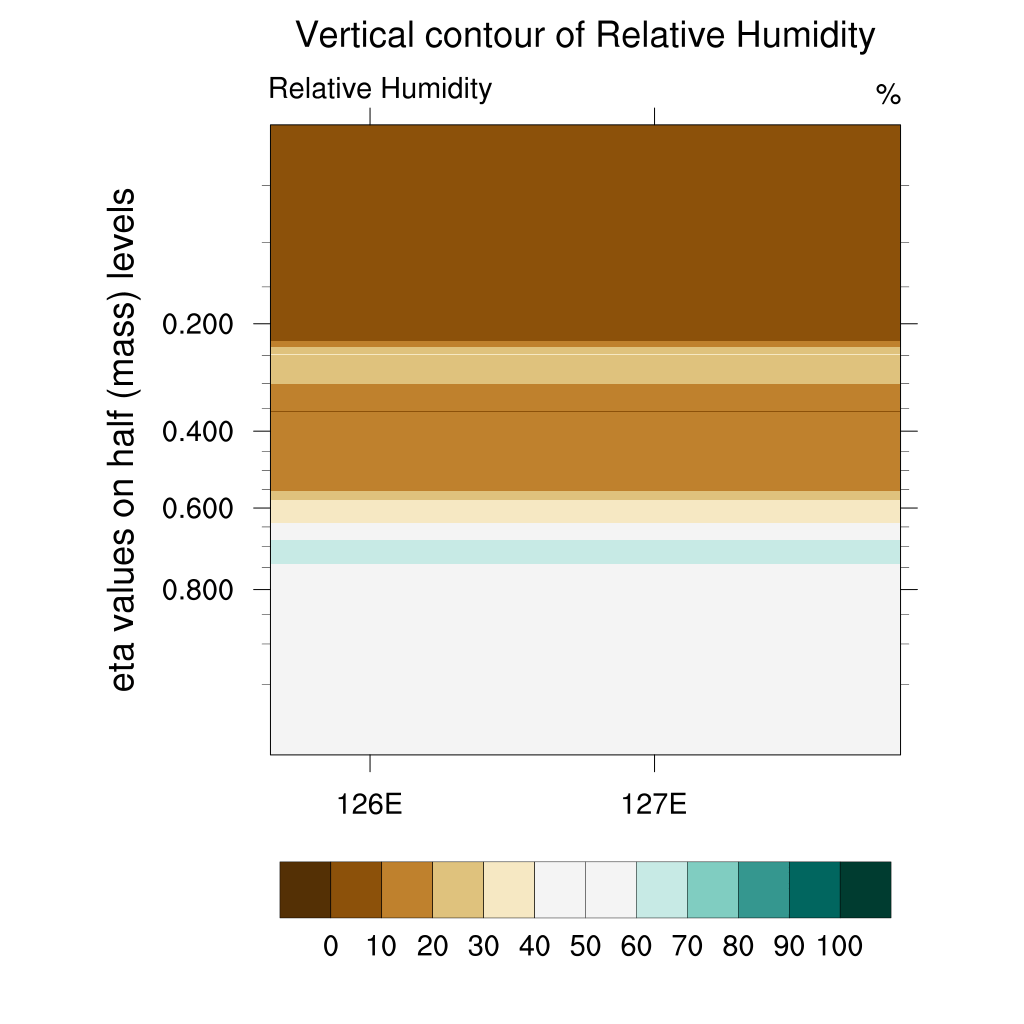
1. Deciduous Broadleaf Froest
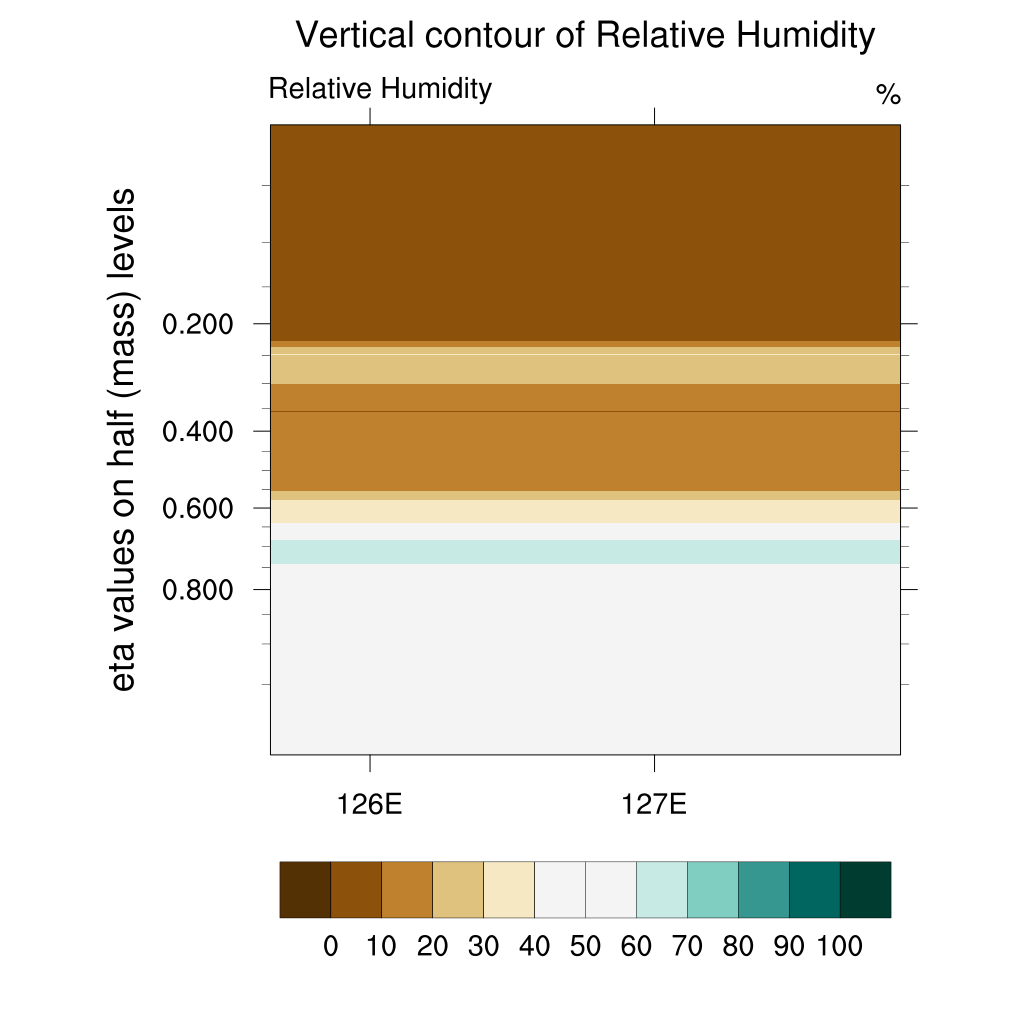
2. Deciduous Needleleaf Forest

3. Evergreen Broadleaf Forest

4. Evergreen Needleleaf Forest
"Evergreen Broadleaf Forest has the largest RH value because of its high vegetation index"
In general, the relative humidity of forest appears to be higher than that of cities. Also, in the case of cities, the relative humidity varies between 30-50%, and in the forest area between 50-70%. In particular, the relative humidity of the evergreen broadleaf forest is higher than that of other case forests. At midnight, the relative humidity increases outside the city and the relative humidity of the forest increases as time passes. In particular, the relative humidity of Evergreen Broadleaf Forest is the largest. Evergreen Broadleaf has a relatively high vegetation index, which emits large amounts of water vapor at night since there is no solar radiation. For this reason, in the case of Evergreen Broadleaf Forest, it is estimated that the relative humidity of urban areas near the forest is also higher than that of other cases.
U-Wind

1. Deciduous Broadleaf Froest

2. Deciduous Needleleaf Forest
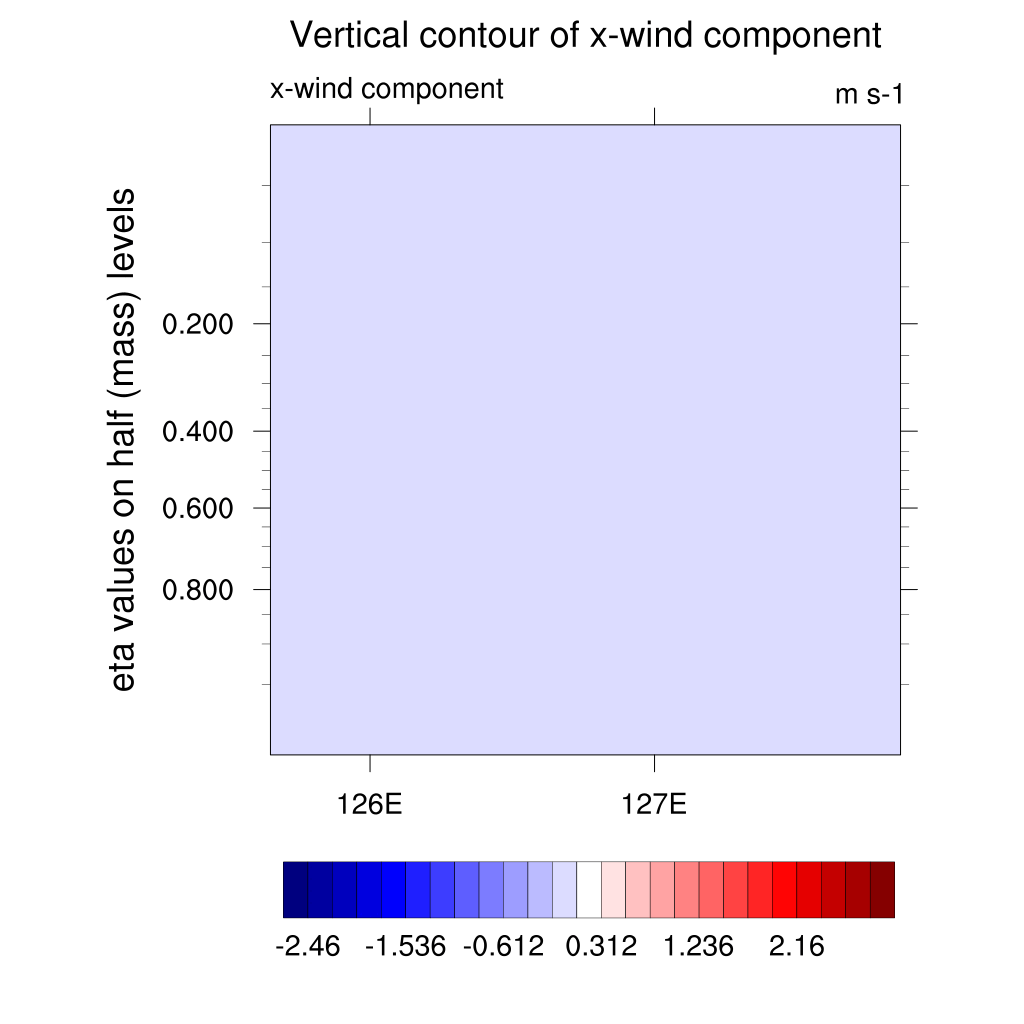
3. Evergreen Broadleaf Forest
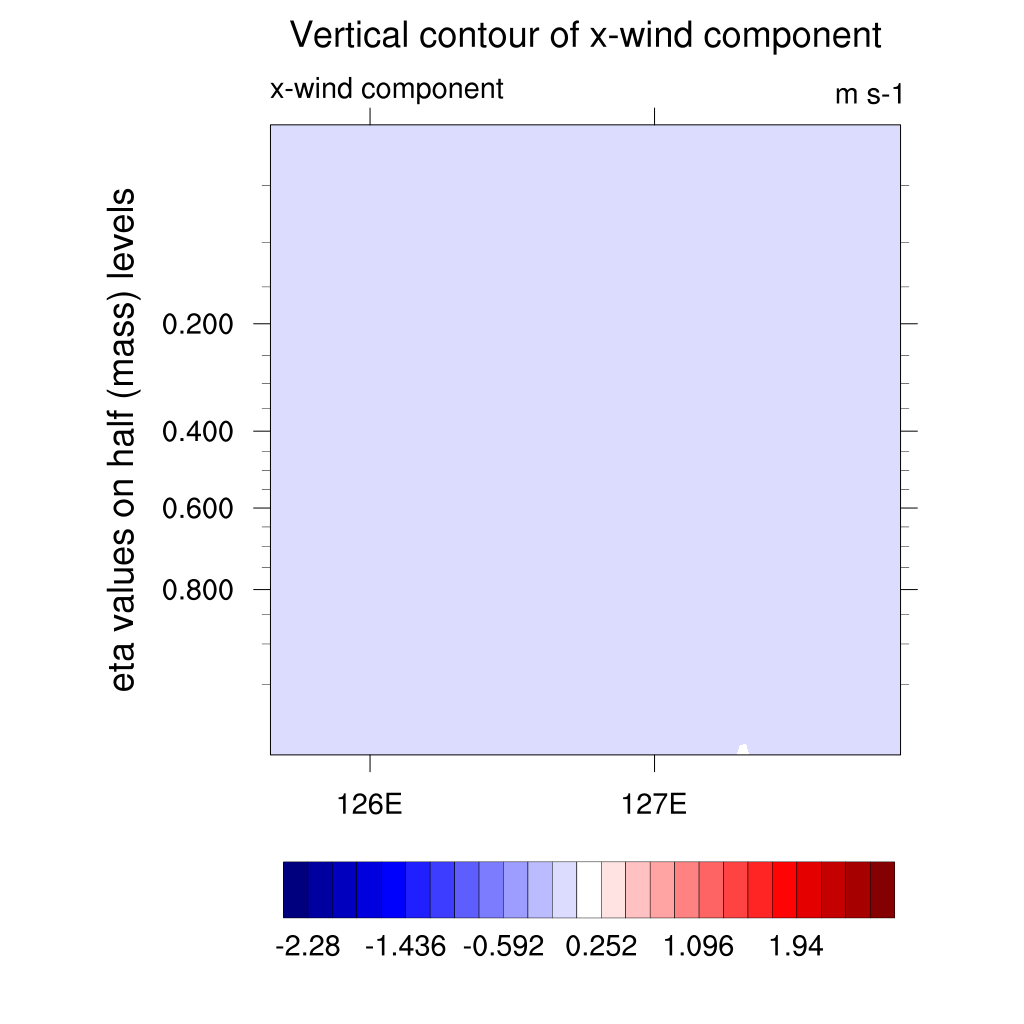
4. Evergreen Needleleaf Forest
"Evergreen Broadleaf Forest has the largest U-wind speed"
In the afternoon, the surface near wind blows from the forest to the city, and in the evening-night, the surface near wind blows from the city to the forest. The case of Evergreen Broadleaf Forest has a maximum minimum range of wind speed (-2.46, 2.63), which is bigger than other cases. Since U-wind near surface can alleviate the urban heat island phenomenon by resolving the temperature imbalance, the Evergreen Broadleaf Forest, which has the largest wind speed, is most suitable.
W-wind
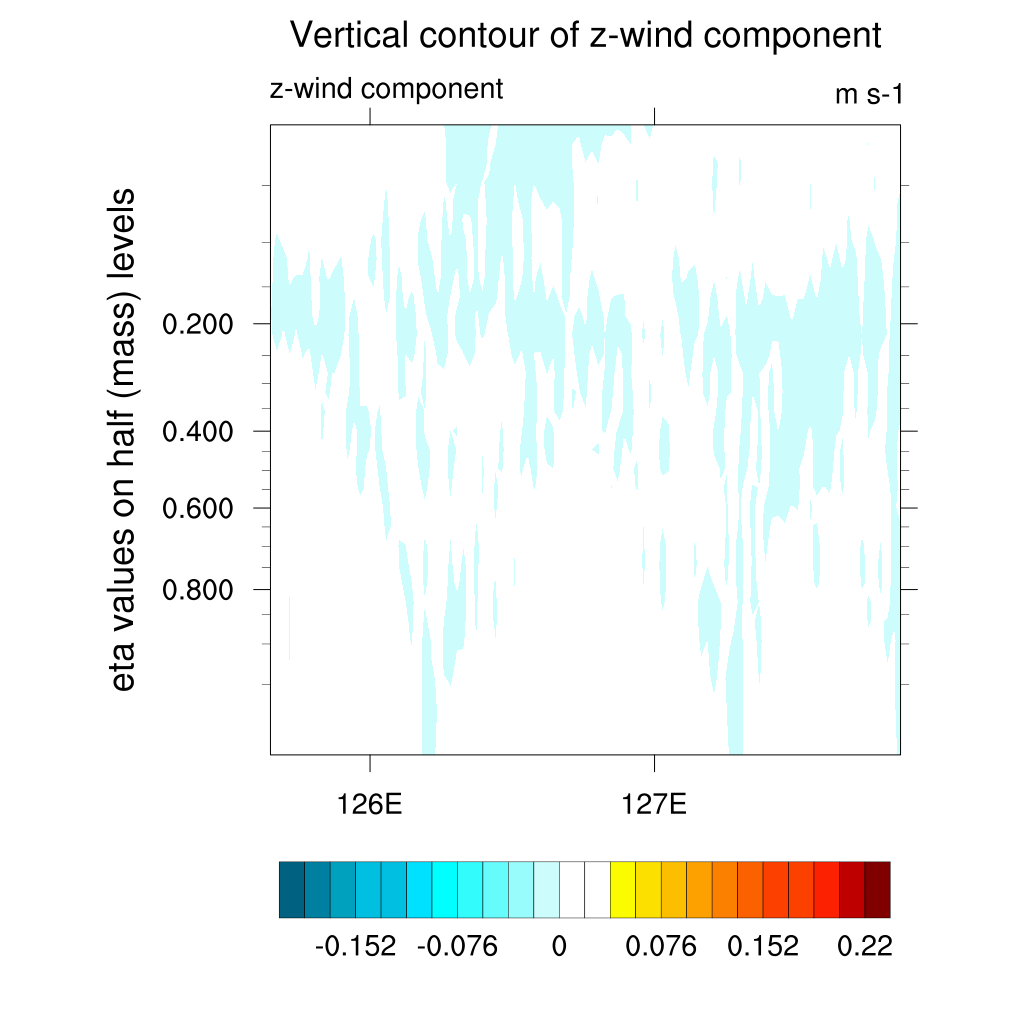
1. Deciduous Broadleaf Froest

2. Deciduous Needleleaf Forest
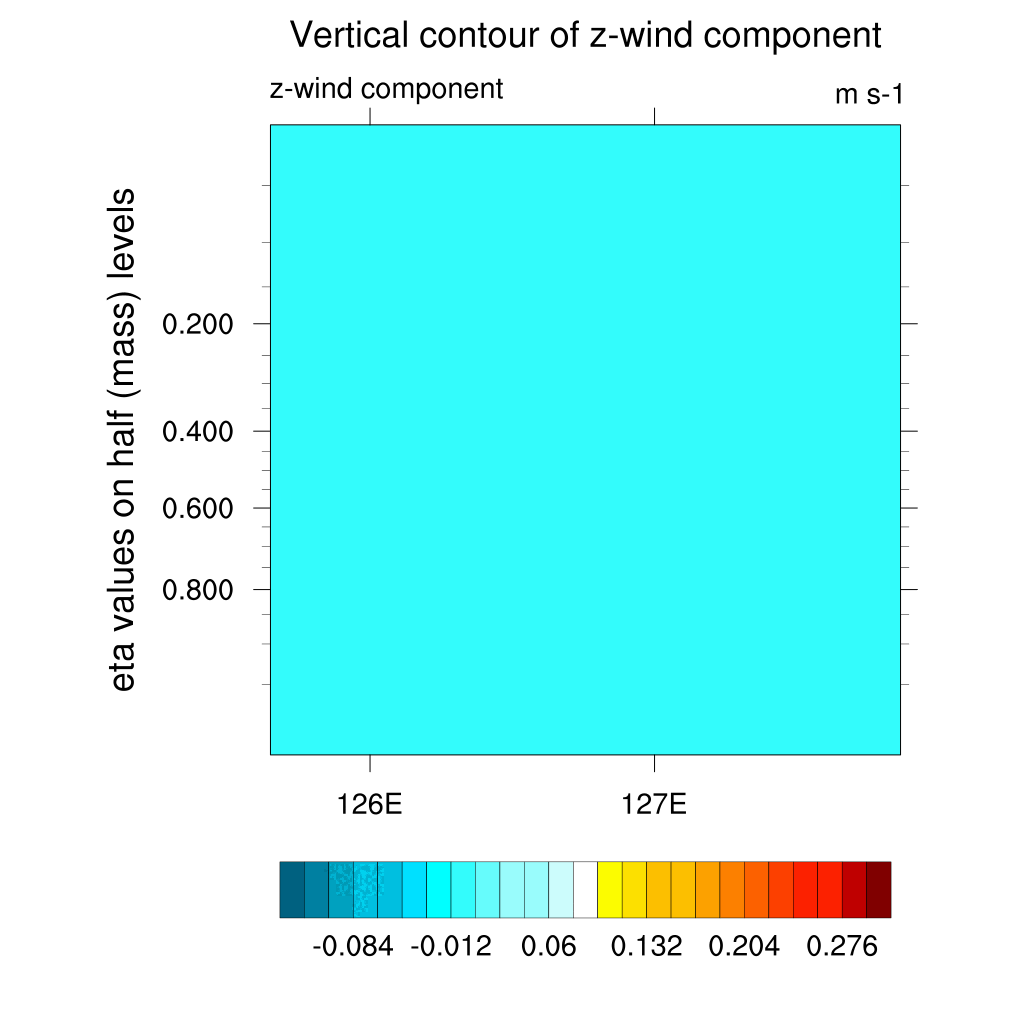
3. Evergreen Broadleaf Forest

4. Evergreen Needleleaf Forest
"Evergreen Broadleaf Forest has the smallest downward airflow"
Overall there is a downdraft trend in the four case cities and forests. The descending airflow in the city can intensify the urban heat island phenomenon because it traps heat on the ground. Therefore, when comparing the W-wind wind speed in cities by case, the value of Evergreen Broadleaf Forest is small, so the downward airflow is relatively small. In the case of 1, 2, and 4 in the afternoon, at the urban area, the high pressure at 6 to 8km and the rising airflow at the surface form a dome. This can cause the city's hot air to stagnate and increase the city's temperature. On the other hand, Evergreen Broadleaf Forest does not show this dome shape clearly. As the evening-night approaches, the rising airflow that developed at the city's borders moves to the center of the city and disappears.
Wind Vector
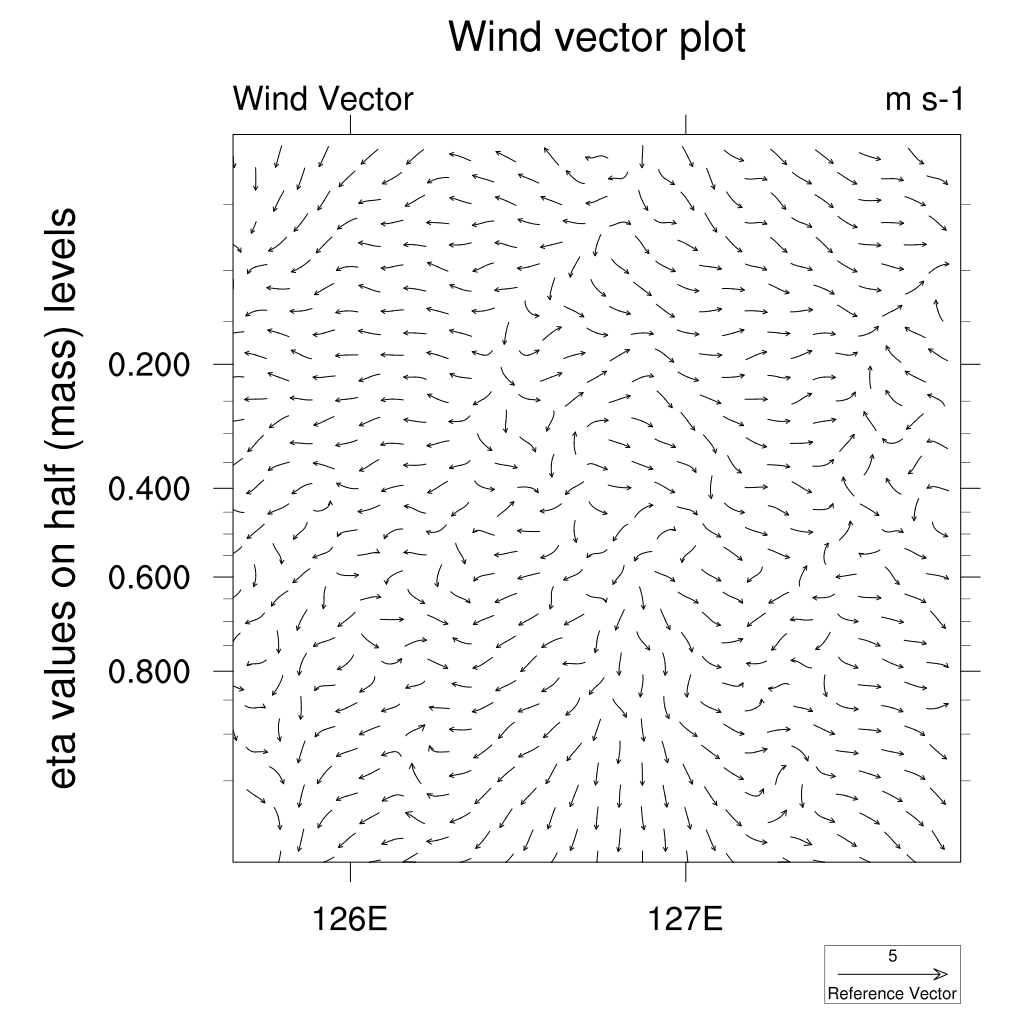
1. Deciduous Broadleaf Froest
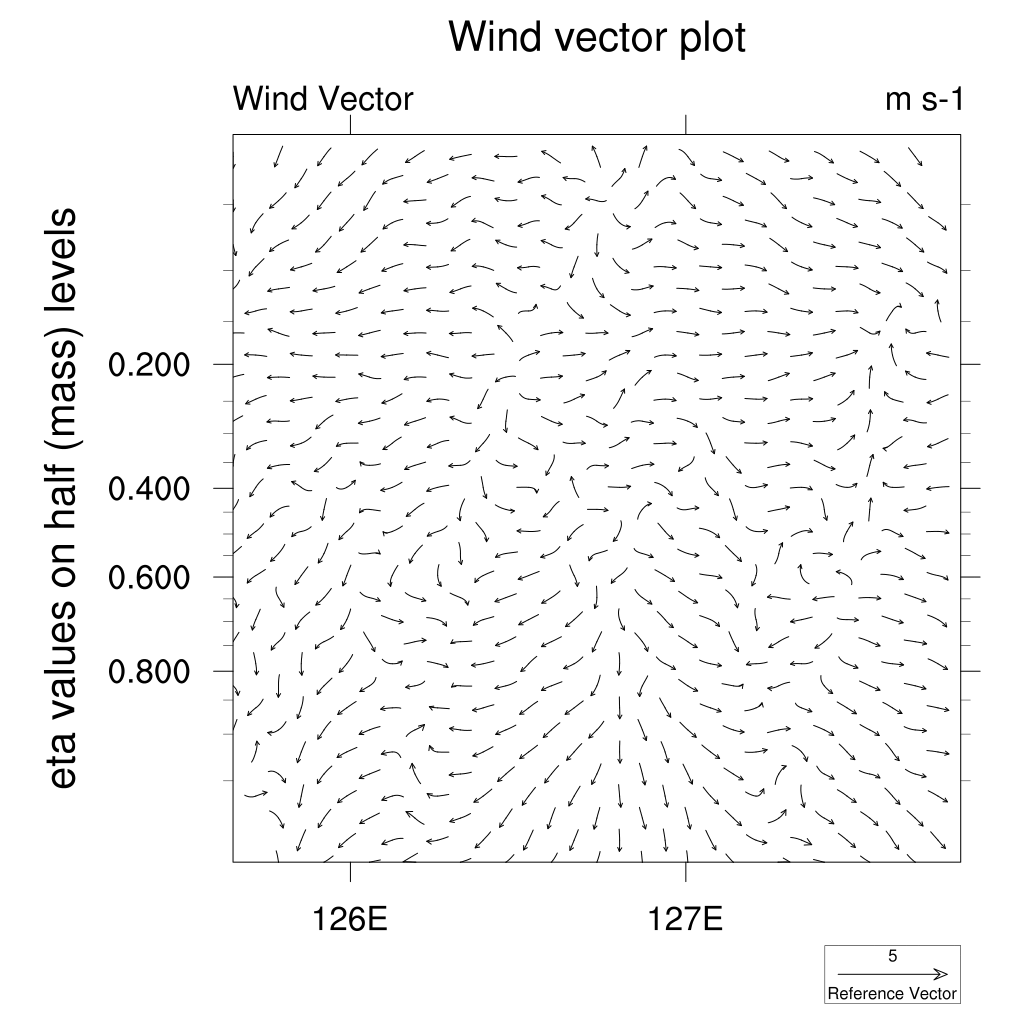
2. Deciduous Needleleaf Forest

3. Evergreen Broadleaf Forest
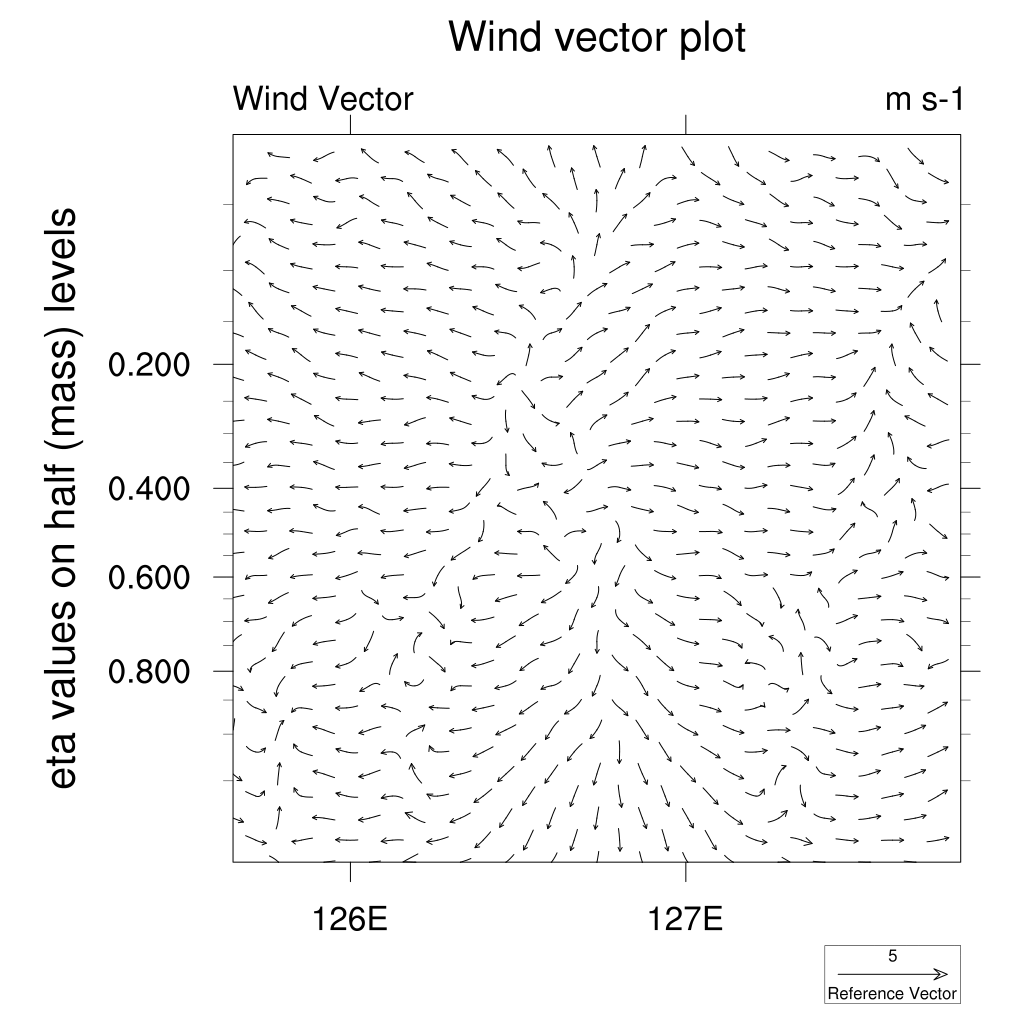
4. Evergreen Needleleaf Forest
"Evergreen Broadleaf Forest has smaller downward airflow and its U-wind is larger than other cases"
The pattern of U-wind and W-wind can be comprehensively confirmed through the wind vector plot. In the case of Evergreen Broadleaf Forest in the afternoon time zone, descending currents in the city tend to move to the forest. On the other hand, in the case of 1, 2, and 4, as can be seen from the Z-wind contour plot, downward currents appear strongly in forests. Therefore, U-winds in cities and forests appear relatively small. In addition, in the case of Evergreen Broadleaf Forest, as can be seen from the U-wind contour plot, the U-wind wind speed is the largest. Later in the night, all four cases have a near surface wind blowing from the forest to the city.
Conclusion
0-24
Evergreen Broadleaf Forest
25-74
Urban
75-99
Evergreen Broadleaf Forest
After sunset, in the case of Evergreen Broadleaf Forest, the temperature of the forest appears lower than in other cases. It can be understood that temperature was a factor in the high relative humidity of the forest in the Evergreen Broadleaf Forest case after sunset. In addition, because the vegetation index of the Evergreen Broadleaf Forest is high, so that the relative humidity appeared high due to the release of a lot of water vapor at night. Therefore, Evergreen Broadleaf Forest shows relatively high relative humidity, which is low in heat comfort.
However, the descending airflow is the smallest and the wind speed in the east-west direction is the largest. Therefore, it can be estimated that convective activity occurs most actively, which can relieve stagnant heat in urban areas. Therefore, Evergreen Broadleaf Forest can contribute the most to reducing the urban heat island phenomenon.